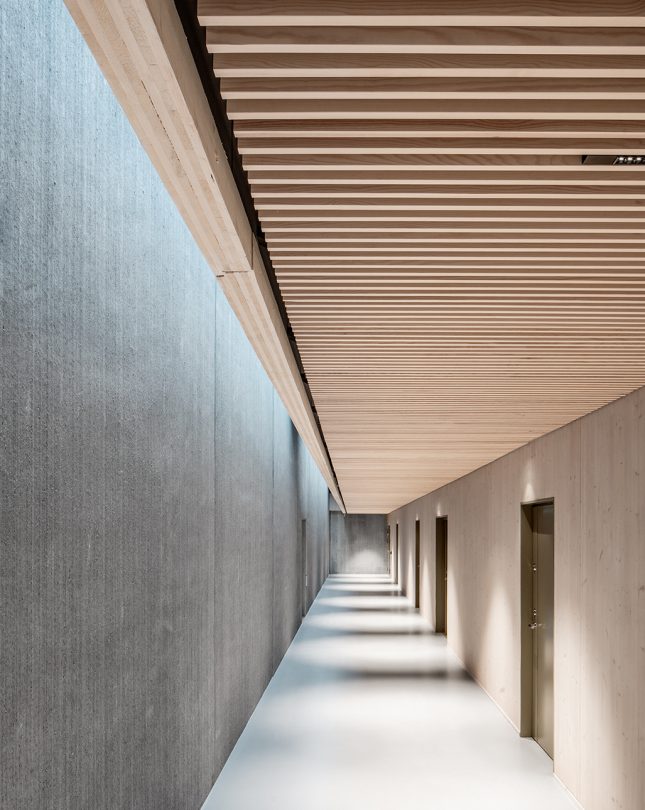Our latest news and views English
Underpinned by our Scandinavian design heritage, we bring you regular stories about architecture and interiors, exploring natural materials, acoustics, and the creation of safe and harmonious environments.
Mark Humphreys of architects Tengbom discusses what the essence of Scandinavian design is and how that relates to the practice’s work on the Arlanda VIP Services project
Scandinavian design has long been admired around the world for its dedication to creating beautiful, light-filled, calming spaces. Mark Humphreys, practice director with architects Tengbom talks about how these principles have been applied at the Arlanda VIP Services project.

Although the idea of an exclusive area somewhat goes against the egalitarian spirit of Scandinavian culture, in many ways Arlanda airport’s VIP Services terminal in Stockholm epitomises the area’s design essence. It cleverly uses light and references nature to provide a sanctuary-like experience for the superstars, businessmen and royalty who use the VIP terminal. The brief called for a discreet piece of architecture which had a certain anonymity to protect the people who would be visiting. “It’s a luxury experience but Swedish luxury is different from that in the rest of the world,” explains Mark Humphreys, practice director with Tengbom, who worked on the project.
This was a place where memorable experiences are made for the many VIPs who pass through, a moment of respite in their busy lives and somewhere to satisfy their needs, demands and desires. “It’s a sanctuary away from everyone, which for these kinds of people is a real luxury,” Humphreys continues, “in terms of materials there’s this Scandinavian idea of the traditional landscape, contrasting hard and soft: just as you come into the forest with all these pine trees yet underfoot there is moss which is very soft.”
This contrast is echoed in this freestanding terminal within the airport where there is a concrete shell, its hardness and colour a reference to traditional Scandinavian stone walls. The only concession to texture within the interior surface of the concrete walls being where there is a pattern created to capture the daylight that washes down from a hidden glazing strip in the corridor roof. Elsewhere on the interior, wood dominates along with tactile leather-clad handrails, a neutral colour scheme and a curated selection of Scandinavian furniture.
Within this VIP terminal there are a series of cross-laminated timber boxes, structures which reference the idea of the traditional Swedish cabin. Security is key here to keep prying eyes out, but daylight still needed to come in, not least because of its pivotal role in Scandinavian design. And so, Tengbom have created triangular roof lights to create a cave-like, protective experience. “At their highest point, these rooms are six metres tall, so it’s almost like a sacred space or art gallery.” Humphreys says.
Wooden ribbed ceiling panels create a warm contrast, plus Humphreys adds, “They gave us the required acoustic absorbance and fire resistance.” While airports are usually busy places and this, the largest in Sweden, is no exception, the VIP Services area is quiet thanks to the acoustic properties of the modules’ installation. The steep slopes of the ceiling ribs in white-pigmented pine also provide the perfect place behind which to hide the services. The gaps in the timber ribs meanwhile are used to cleverly incorporate the two types of lighting systems to create a calming, harmonious effect for visitors to the space.


There are places to work, dine, socialise or simply get away from the stresses of daily life. This is somewhere to create a memorable hello or farewell to the Swedish capital.
“The end result emanates stillness and relaxation – two qualities that are at the very core of Scandinavian design.”
As for the future of Scandinaivan design, Humphreys says, while styles may evolve, humans’ basic needs don’t. The desire for light and closeness to natural materials, epitomised by the Arlanda VIP Services project, are timeless design principles.